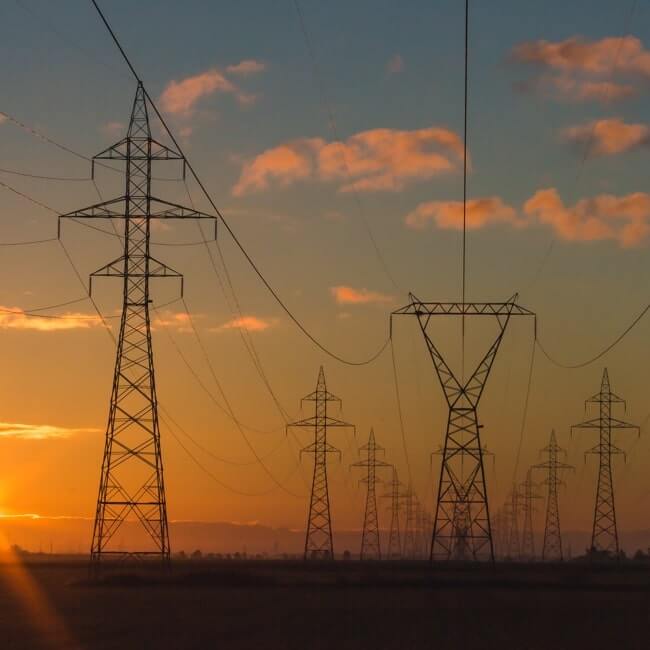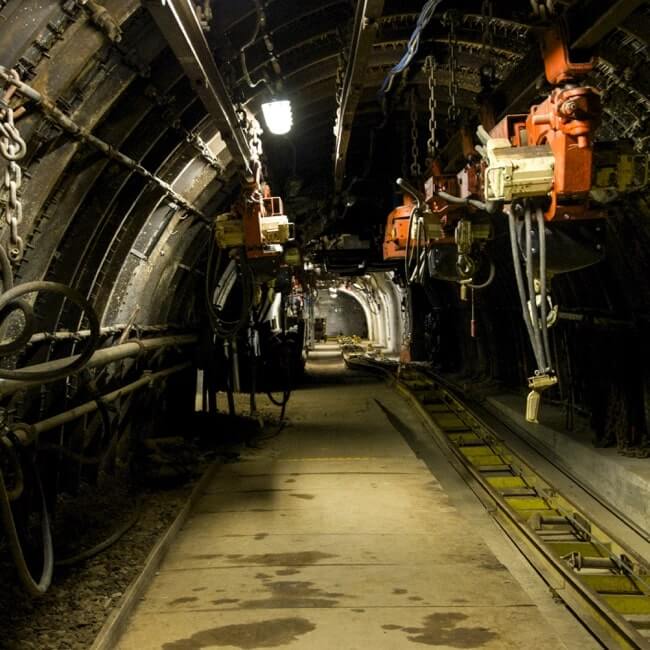ANALYSIS: Times are a'changing in Latin America
That growth is moderating in Latin America should come as no surprise, following a decade in which the region has powered global growth.
In the past ten years, Latin America registered average GDP growth of 4.15% compared to average world growth of 3.8%, according to data from the IMF. Advanced economies, meanwhile, registered average growth of just 1.59%.
Boosted by the commodity price "super cycle," the economic expansion has bolstered national coffers in the region and brought through growth in the middle class, lifting millions from extreme poverty and giving rise to increasing consumption.
Now, however, it seems the region will have to get used to a more moderate rate of growth.
The latest projections for global growth from the IMF of 3.4% in 2014, followed by 4.0% in 2015, are driven once more by superior rates in emerging markets, where growth for 2014 and 2015 is forecast by the multilateral at 4.6% and 5.2%, respectively.
The forecast in Latin America, however, is lower, at 2.0% for 2014 and 2.6% for 2015 – only a shade better than that of advanced economies, where growth is forecast at 1.8% in 2014 and 2.4% in 2015, highlighting in particular the slowdown in Brazil as well as in other commodity-reliant economies in the region.
SLOWING GROWTH
For investors and followers of the region, an understanding of the idiosyncrasies present will remain key. While growth has slowed across the region, the paths of each economy are quite distinct.
Peru, the most recent economic star in the region, has recently witnessed a slew of downgrades, with the latest coming from its own central bank. Mexico, the region's previous star, has also seen its own growth forecasts scaled back by analysts since the start of the year, as public spending and construction activity slowed, combining with weak demand from the US.
Brazil, the B in BRIC, having been lauded for many years, now faces the challenge of adapting its monetary policy – where interest rates already touch 11% – to rising inflationary pressures and almost non-existent growth.
Colombia, most recently, stood apart as the only country in a monetary tightening mode given its more robust domestic demand dynamics, although signs of a slowdown have started to emerge.
Meanwhile, both Argentina and Venezuela continue to set an example of how not to run an economy.
Chile, however, appears to be setting the direction for the region once again. While the country faces a challenging macroeconomic environment, the arrival of a new center-left coalition has heralded a new chapter, not only for the country but for others in the region.
Demands for a change in spending priorities to more long-term social projects, such as education, should lead to greater inclusion and a reduction in inequality – and should be lauded.
They should not, however, be confused with a move towards the socialism of old. While the resulting increase in social spending could portend higher taxation in the region, the increased investment in human capital should lead to more modest – but also more sustainable growth rates – in the long run.
TACKLING THE CHALLENGES
While extreme poverty has fallen significantly, inequality and a lack of financial inclusion remain serious issues, indicating the direction in which the region has to advance and the internal challenges it must tackle to increase productivity and ensure future growth.
Reforms for several countries must address the over-reliance on commodity exports and encourage growth in the wider economy in order to provide greater balance.
The focus for the region as a whole should also turn towards encouraging intra-regional trade through the removal of barriers to free trade – as the Pacific Alliance (Mexico, Peru, Colombia and Chile) is attempting to do. Combined with growth in south-south trade among emerging markets, this should help the region to reduce its reliance on developed markets.
RISKS
These challenges will have to be handled carefully in light of the unprecedented external risks which face the region, from a slowing China and lower commodity prices to tightening fiscal conditions and the impact to be borne by the normalization of monetary policy conditions in advanced economies.
The 2008-09 crisis led to a period of monetary easing across the developed world. The resulting falls in interest rates and the advent of quantitative easing led to unprecedented investment flows to emerging market assets in pursuit of yields, thereby heightening the region's exposure to investment flows.
In the short term, the region is likely to face significant risks from an outflow of funds given the elevated nature of global equity and bond markets, which seem ambivalent to the ongoing reversal in monetary conditions in developed markets. This in turn looks set to lead to greater uncertainty for the region's currencies.
In summary, while significant headwinds are likely, the region is in an enviable position of being able to control its destiny to a much greater extent than advanced economies, given lower debt levels and healthier fiscal balances. Should it handle its windfall of the past decade wisely, it will continue to be a significant driver of global growth for many years to come.
This article was first published in the October edition of Calypso Magazine
Subscribe to the leading business intelligence platform in Latin America with different tools for Providers, Contractors, Operators, Government, Legal, Financial and Insurance industries.
News in: Political Risk & Macro

BYMA presents the Voluntary Carbon Market
This new development, in line with stock exchanges around the world and the region, will enable the trading of carbon certificates on BYMA.

Brazil's Lula reveals proposal to cut personal income tax
Lula announced a plan to exempt all those earning up to 5,000 reais (US$891) a month.
Subscribe to Latin America’s most trusted business intelligence platform.
Other projects
Get key information on thousands of projects in Latin America, from current stage, to capex, related companies, key contacts and more.
- Project: Expansion Huachocolpa
- Current stage:

- Updated:
4 days ago
- Project: Gran Hospital del Sur (Regional Hospital of Encarnación)
- Current stage:

- Updated:
4 days ago
- Project: Tikuna F2, S1 solar park (Tikuna solar complex)
- Current stage:

- Updated:
4 days ago
- Project: Improvement of Route 7 Hornopirén - Pichanco Sector, El Blanco Bridge - Cholgo Bridge Section
- Current stage:

- Updated:
4 days ago
- Project: Sol de Chihuahua photovoltaic park
- Current stage:

- Updated:
4 days ago
- Project: La Loma - Sogamoso 500kV transmission line
- Current stage:

- Updated:
4 days ago
- Project: Ventos do Caiçara offshore wind farm
- Current stage:

- Updated:
4 days ago
- Project: El Baqueano Hydroelectric
- Current stage:

- Updated:
4 days ago
- Project: Tikuna F1, S5 solar park (Tikuna solar complex)
- Current stage:

- Updated:
4 days ago
- Project: Tikuna F1, S4 solar park (Tikuna solar complex)
- Current stage:

- Updated:
4 days ago
Other companies
Get key information on thousands of companies in Latin America, from projects, to contacts, shareholders, related news and more.
- Company: Eléctricas de Medellín Ingeniería y Servicios S.A. (EDEMSA)
-
Eléctricas de Medellín Ingeniería y Servicios S.A. (Edemsa), founded in 1965 under the name of Eléctricas de Medellín Ltda., is an electrical infrastructure development company....
- Company: Energía Argentina S.A. (ENARSA)
-
Energía Argentina S.A. (formerly, Integración Energética Argentina S.A. or "IEASA") is a mixed-ownership government corporation that engages in the trading of electric power sup...
- Company: Compañía Minera Poderosa S.A. (Minera Poderosa)
-
Poderosa is a Peruvian precious metals miner which operates an underground gold mine and two production plants in northern Peru's La Libertad region. The mine has been producing...
- Company: Aguas Santafesinas S.A. (ASSA)
-
Aguas Santafesinas S.A. (Assa), the water utility operating in Argentina's Santa Fe province, was founded in 2006 to provide potable water and sewerage services to 15 cities. Th...
- Company: SSP Transmissora de Energia S.A.
-
The description included in this profile was taken directly from an AI source and has not been edited or modified by BNamericas researchers. However, it may have been automatica...
- Company: SHEMAR Latam Holding Ltda. (SHEMAR Latam)
-
SHEMAR Latam is a provider of solutions for energy transmission, transformation and distribution systems. The company offers services for the entire project life cycle, includin...




